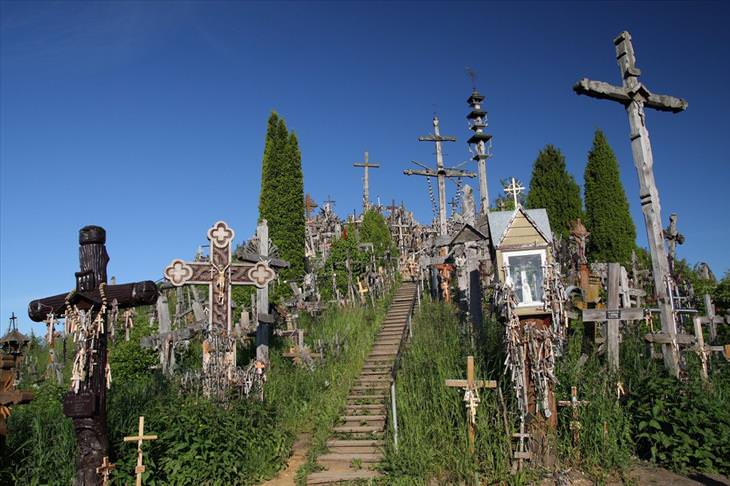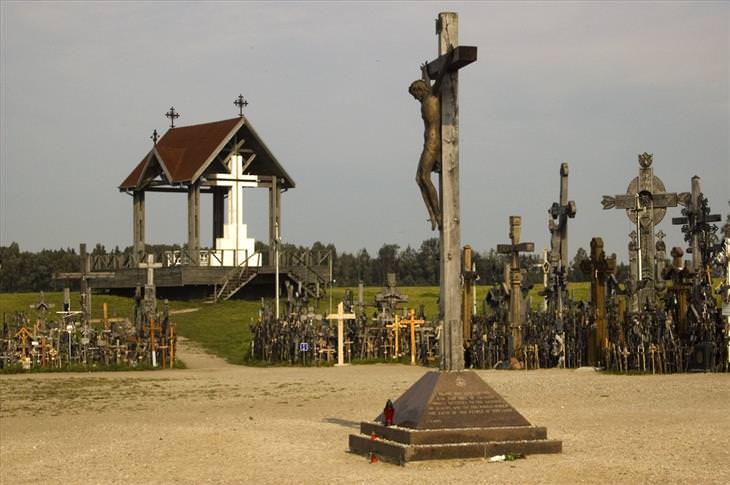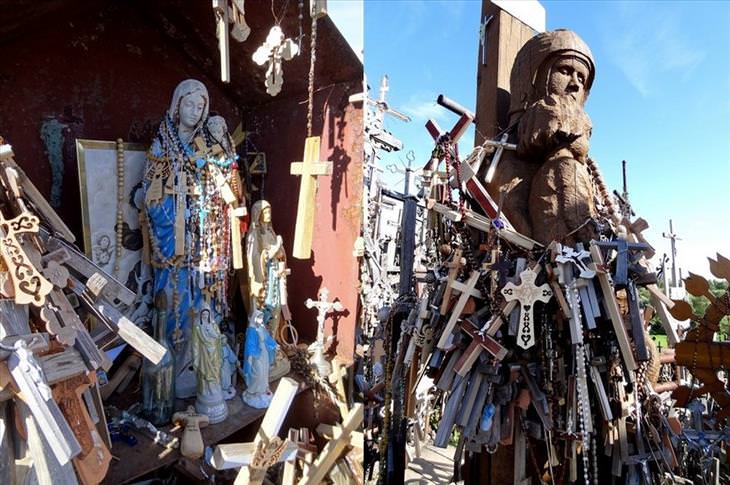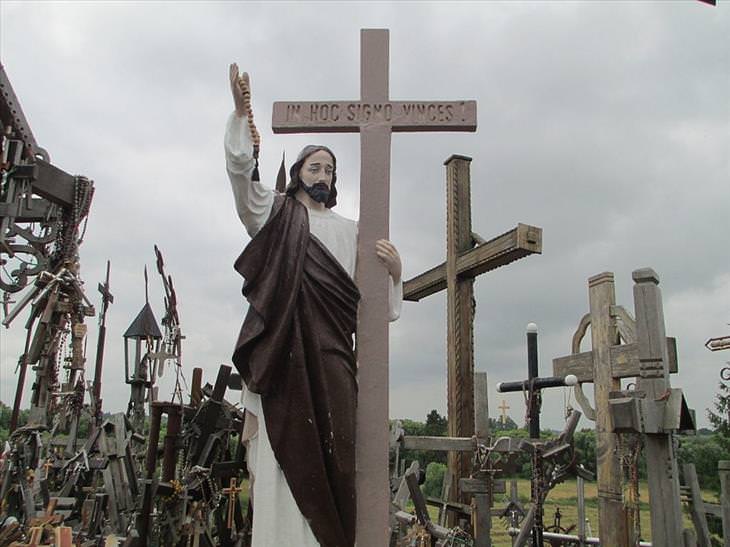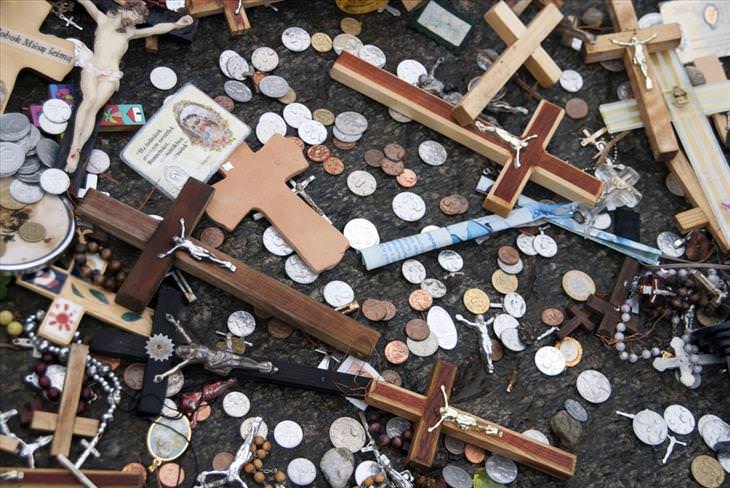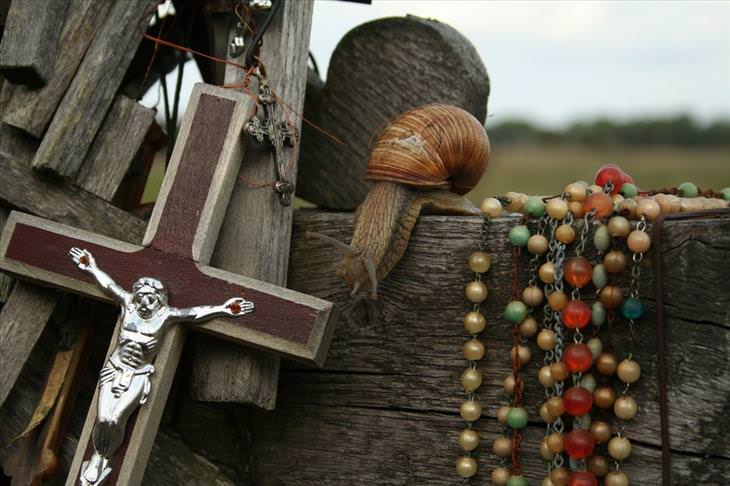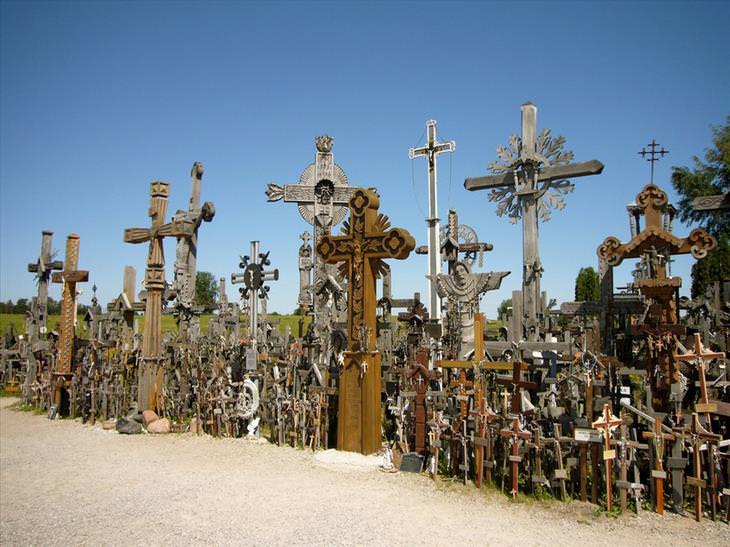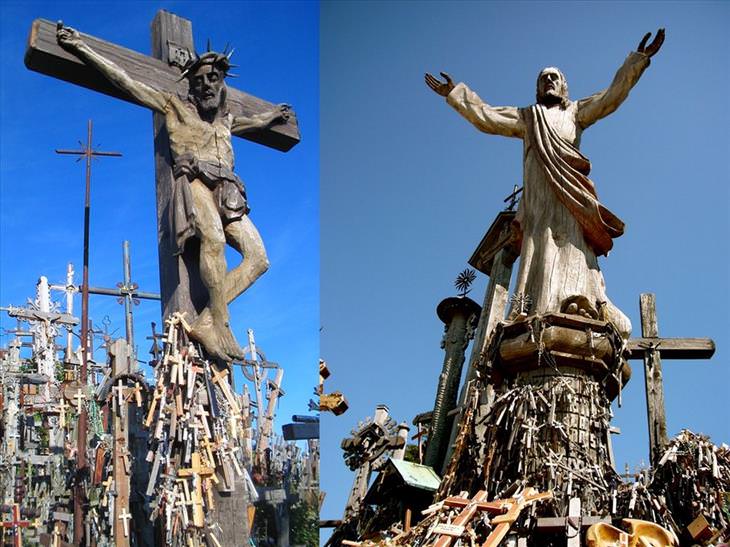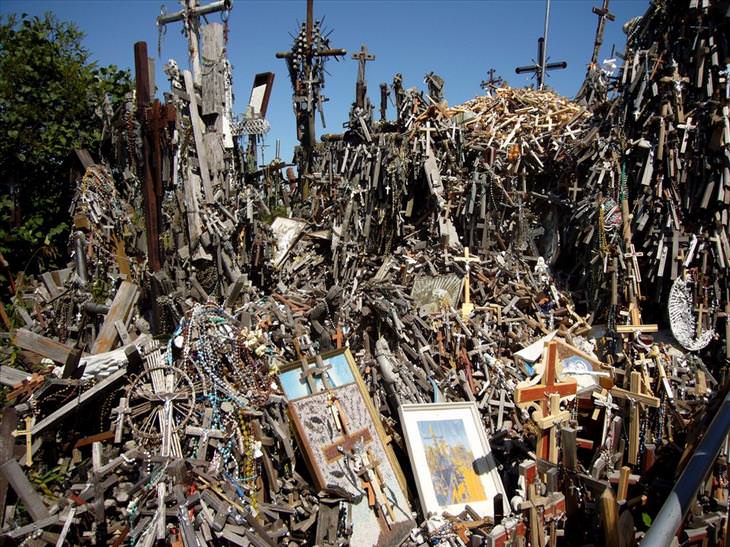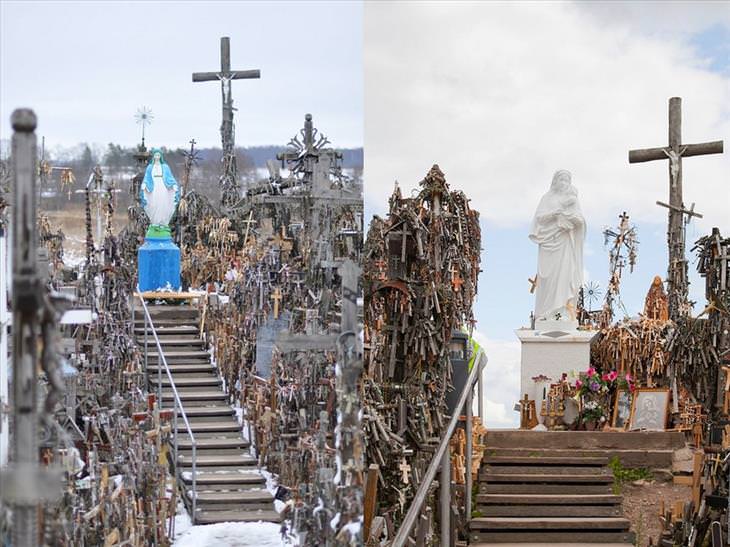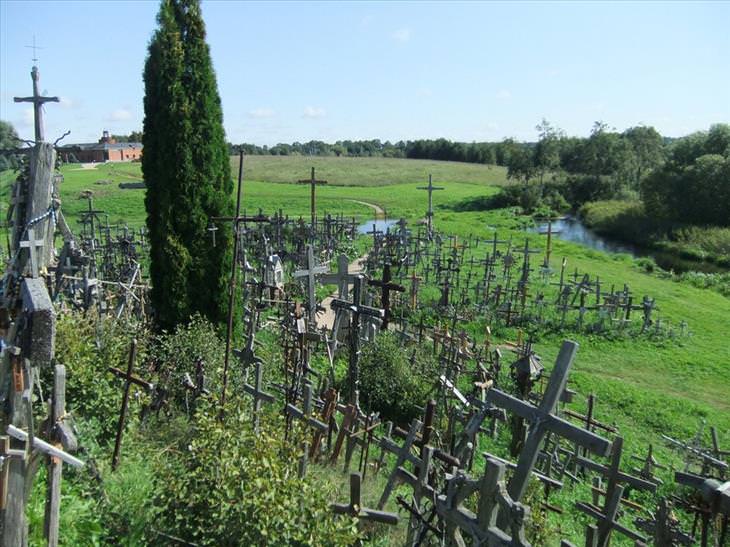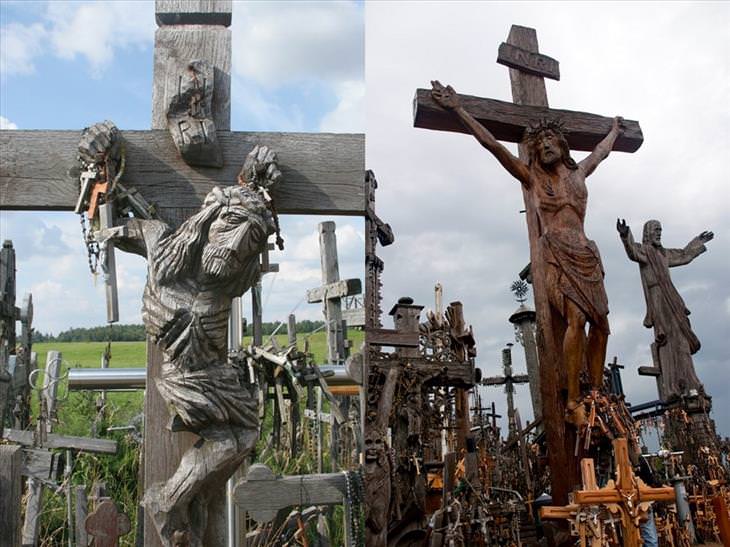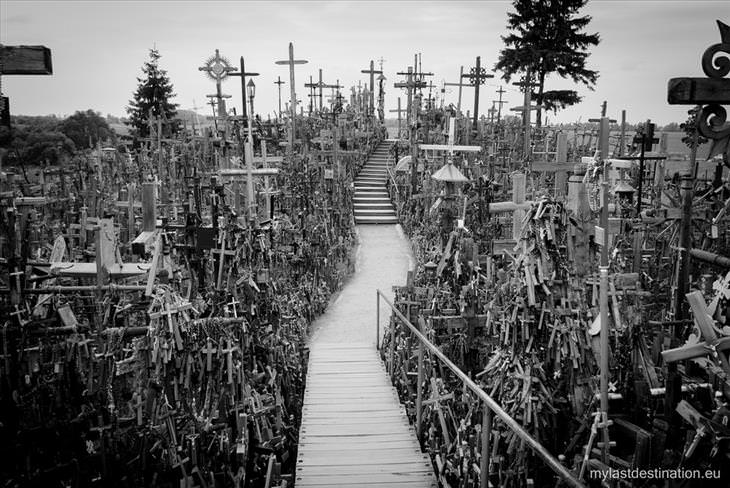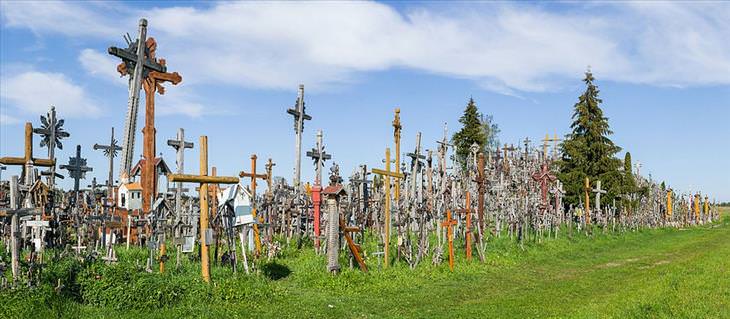
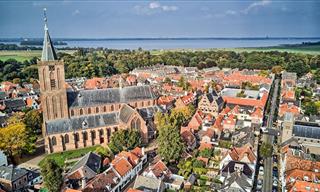
Secret Holland: 10 Towns Really Worth a Visit
The Netherlands is considered one of the most beloved countries in Western Europe, but to get to know it well, visit these 10 villages and towns.
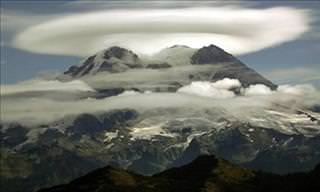
The World is Full of Wonders, Here are a Fascinating Few...
From the mysterious sailing stones of death valley to red tides, ornage moons and ice circles - our world is full of these bizarre phenomena! Here are 13 of the most interesting wonders of this planet!

These Photos Appear To Have Been Taken In Another World...
Planet Earth is an incredible place - so incredible that we sometimes don't even recognise it. These locations could easily double up as alien planets.
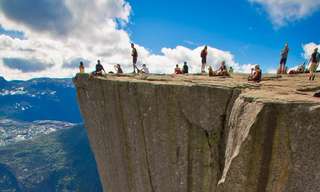
Traveling Shows Us the World Is an Endlessly Beautiful Place
Thanks to the internet photographers are able to share their unique points of views with the world. See the ways in which the world is endlessly beautiful.
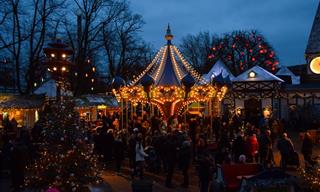
5 Most Unusual Christmas Markets Around Europe
Visit the 5 most unique Christmas markets in Europe.
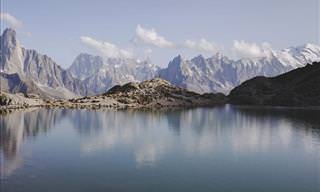
A Trip Around Mont Blanc in 19 Wonderful Pictures
Mont Blanc, one of the tallest summits in all of Europe, is beautifully pictured here in this spectacular photo series!
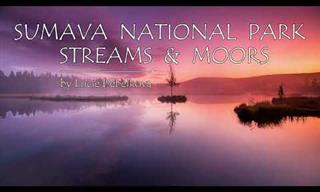 4:20
4:20
Admire the Mystical Streams and Moors of Czechia in 4K
Fly above Šumava National Park, a part of the ancient Bohemian Forest in the Czech Republic full of beauty, mystery, and charm!

21 Things About Australia that Would Scare Me to Death
These 22 pictures are proof that Australia is a terrifying place to visit
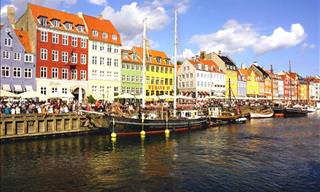
Denmark Has So Much to See, You Won't Know Where to Start
Denmark is a beautiful little country, forming part of the European region known as Scandinavia. Attractions abound in this nation. Here are the top 10 places.
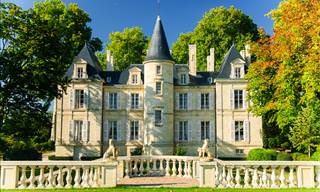
12 Great Wineries for Fine Wine and Architecture
These wineries are spectacular! Their impressive facilities are without a doubt, a sight to behold.
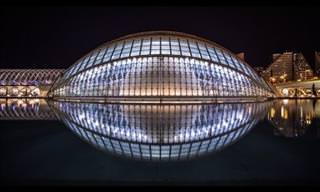
The Architectural Wonders of Europe Never Looked Better...
Watch as some of the most stunning structures of Europe come alive in beautiful detail.
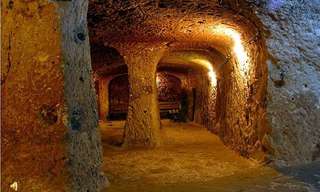
An Ancient Underground City Reveals Its Secrets
Is this the world's most ancient underground city?
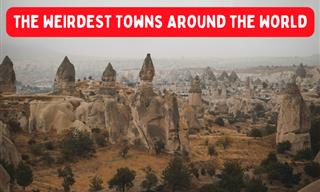
World's Strangest Towns That You Didn't Know Existed!
Explore some unusual places that defy convention, from a one-person town to a unique settlement where all residents share a single building.
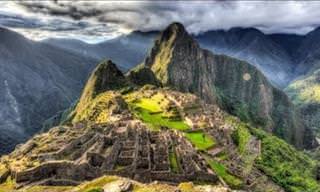 4:38
4:38
The Road to Machu Picchu Makes it Even More Breathtaking
This 5 minute adventure video will make you feel like you're really visiting this amazing Incan temple. The quality is astonishing!
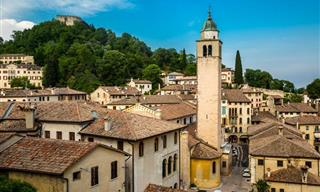
13 Gorgeous Sights in the Veneto Region, Italy
To help you plan your Italian vacation, we have compiled a list of 13 must-see places in Veneto.
 14:41
14:41
10 Beautiful Places in Austria You Must Visit!
We invite you to join a special journey in the country, looking at 10 different sites that are simply a must.

7 Gorgeous Dutch Parks We Recommend You Visit!
we have compiled a list of the top 7 national parks in Holland that should not be missed!
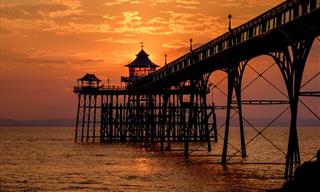
Come See 15 of the Most Picturesque Piers in the World!
Priceless photos of the world's most charming piers. How many of them have you been to?
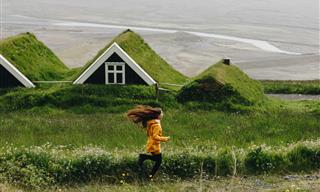
This Is Why Iceland Is a Country Like No Other
Iceland is a country full of interesting traditions and rich history - delve into this fascinating country with these 11 surprising facts!

Oh Nice, Let Me Count the Reasons I Love Thee...
An amazing coastline, historic sites, and vibrant nightlife are just the tip of the iceberg when it comes to the city of Nice, a pearl of the French Riviera ...
 1:00:49
1:00:49
Take a Virtual Walking Tour Through the Streets of Venice
Venice is a truly beautiful city. Walk through its streets in this breathtaking video.
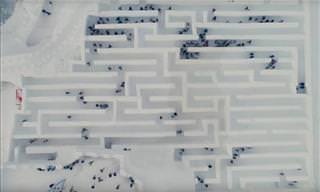
This Amazing Park Contains the World's Largest Snow Maze!
In the resort town of Zakopane, Poland, a snow park was built with a one of a kind attraction - the largest snow maze in the world!

11 of the Most Affordable Beach Vacations Around the World
Looking for a budget vacation this summer? Try these affordable beach trips.
 20:17
20:17
Why Train Tickets Are so Expensive in America
Did you know traveling by train in the U.S. is often more expensive than flying? Find out why.
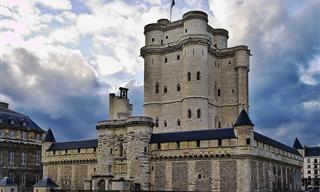
Let's Visit the 10 Most Beautiful Castles in France!
France is renowned for its many castles. With a very long and rich history, there are many structures still left from medieval times throughout this beautiful country, many of them still intact or rebuilt. Here are 10 of these stunning French castle
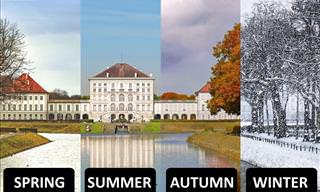
Admire 8 Tourist Attractions in Every Season of the Year
From New York to India and then to the distant reaches of Lake Baikal, here is how 8 famous tourist destinations look like in every season
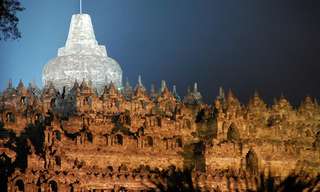
This Isn't Just a Mountain, It's Also An Incredible Temple
This may be the only mountain with so many religious structures on it. Together with the natural beauty of the place, it becomes the sight of a lifetime.
 5:26
5:26
Cultivating the World's Largest Flower is No Easy Task
Rafflesia arnoldii is the largest flower in the world. And growing it is no easy task.
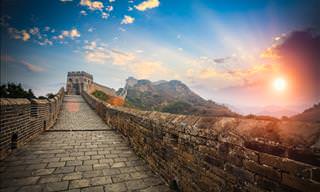
What an Amazing HD Tour of the Great Wall of China!
This drone tour of the Great Wall of China doesn't disappoint at all. In fact, the HD footage is so crystal clear that it's (probably) better than going there!
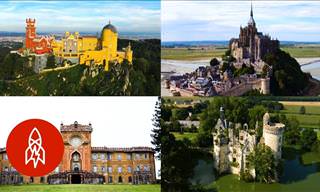 11:32
11:32
8 Fairytale-Like Castles That You’ve Probably Never Seen
Journey through the globe with us and see these 8 stunning palaces as if you were there right now

Welcome to the Coldest Town in the Whole World...
You think you know cold? For the people of Oymyakon in Russia, your idea of cold is laughable. When Amos Chappel, a photographer from New Zealand, traveled to this frozen location, he brought back incredible pictures depicting the daily lives of the
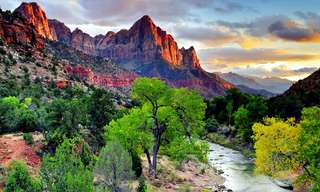
10 of North America’s Most Stunning National Parks
North America has so many gorgeous national parks with breathtaking views. Discover 10 of the most stunning parks this nature-rich continent has to offer.
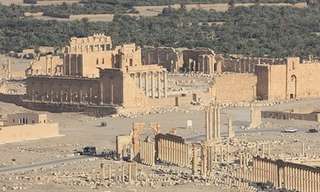
9 Ancient Cities Your History Teacher Never Told You About
The world's history is filled with many civilizations that rose and fell, leaving behind ancient cities and a final monument to their legacy. You may have heard of some, but these cities are less-known, yet still as amazing.
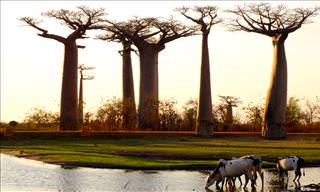
This Stunning Island Is Often Called the Eighth Continent
Madagascar is an island of outstanding beauty that's worth a visit. From stunning national parks, to picture-perfect beaches, here are its top 10 attractions.
 14:30
14:30
Surprising Facts to Know About the Aztecs and Their Empire
The Aztecs were way ahead of their time!

Interactive Map: 12 Beautiful New Zealand Sights
12 gorgeous sights you will see in New Zealand. Just click on any of the symbols to see a video of that place!
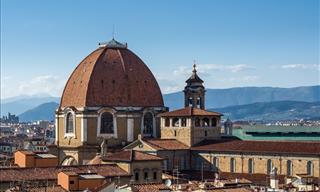
8 Secret Rooms in the World’s Most Famous Landmarks
The world's famous landmarks hold some secrets, right there under the noses of the many visitors. Learn about 8 hidden rooms tucked in the most visited places.
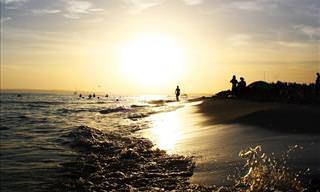
Discover 9 Attractions on the Wonderful Balearic Islands
Sun, sea, beaches and resort cities - for all these and much more you don't have to go to the Caribbean islands, just fly to the Balearic Islands off the coast of Spain ...
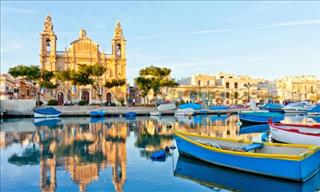
INTERACTIVE: Visit 11 Stunning Locations in MALTA!
The map you see before you has 11 marked locations. Click on any of these locations and you'll see their name and a beautiful video of each place
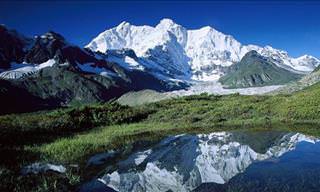
28 Places of Humbling Beauty You Can Find In Asia
Asia is a stunning and highly diverse continent with countless locations to explore. It's time for you to see 28 of the most humbling, beautiful places there.
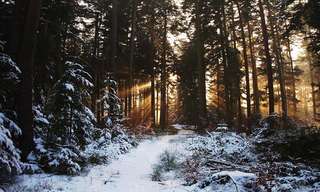
Let's Visit: The Beautiful and Mystical Black Forest
The huge and mysterious Black Forest encompass hundreds of miles, and is one of the biggest forested areas in the world...
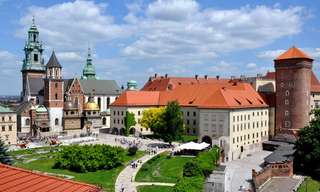
12 Stunning Spots That’ll Change the Way You See Poland
12 beautiful and eye popping places in Poland that anyone and everyone should visit, from picturesque little towns with huge and ancient castles to sky-breaking mountains with snowy peaks - there is so much beauty to enjoy.
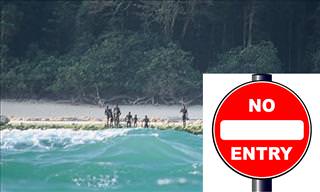 8:15
8:15
16 Places You Are NOT Allowed to Visit!
This video lists 16 places you are never allowed to go to and why that is.
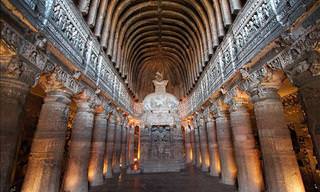
The Mysterious Ajanta Caves are Full of Wonder...
The mysterious Ajanta Caves are full of incredible history and astonishing sights.
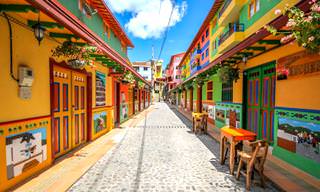
Welcome to the Most Colorful Town in the Entire World
Whoever thought that the most colorful town in the world would be a little settlement of 5,000 people in the heart of Colombia!? Here it is in all its glory.

See the Sights of Europe With Our 20-Country Collection!
This collection of 20 countries will let you you drop in on each of them through the posts below and see what is most gorgeous about that country.

12 Towns in Germany That Bring Old Magic to Life
Germany has a reputation for being a cold country, which may be true about its big cities, but not to these 12 small old towns surrounding them ...



